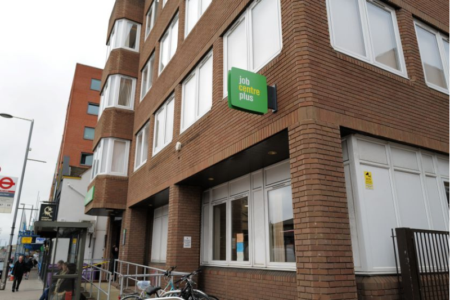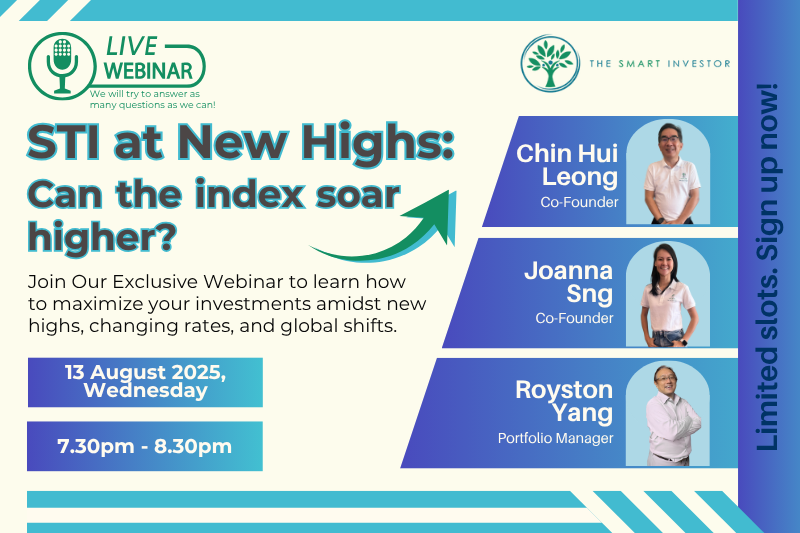OCBC Ltd (SGX: O39) is the last of Singapore’s three banks to release its 2023 earnings.
Its peers United Overseas Bank Ltd (SGX: U11) and DBS Group (SGX: D05) both released sparkling sets of earnings as higher interest rates boosted their net interest income (NII).
OCBC also did not disappoint.
The lender saw its net profit hit S$7 billion for the first time and upped its total dividend by 21% year on year.
Here are five highlights from the bank’s latest financial results.
1. Net profit at a record high
For 2023, OCBC’s NII shot up 25% year on year to S$9.6 billion as higher interest rates boosted the bank’s net interest margin (NIM).
Non-interest income rose 7% year on year to S$3.9 billion.
As a result, total income improved by 20% year on year to S$13.5 billion.
Next, operating expenses rose just 8% year on year to S$5.2 billion leading to operating profit (before allowances) jumping 28% year on year to S$8.3 billion.
Allowances increased by 25% year on year to S$733 million but this was offset by a slightly higher share of profits from associates.
As a whole, net profit climbed 27% year on year to a record high of S$7 billion for 2023.
2. A steady rebound in NIMs
The bank’s NIM came in much stronger for the year as an increase was seen across all its markets.
2023’s NIM increased by 0.37 percentage points from 1.91% a year ago to 2.28%.
For OCBC’s fourth quarter of 2023 (4Q 2023), NIM rebounded to 2.29%, up from the low of 2.26% two quarters ago and represents two consecutive quarter-on-quarter increases.
The lender’s loan book stayed flat year on year at around S$292.8 billion with around 53% of its total loans made up of housing loans and building and construction loans.
On a constant currency basis, OCBC’s loan book would have grown by 2% year on year.
3. Higher non-interest income
Moving on to OCBC’s non-interest income.
2023’s 7% year-on-year increase was primarily driven by higher trading income, which rose 8.1% year on year to S$1 billion, and better investment income of S$246 million versus just S$15 million in 2022.
The blue-chip bank’s life and general insurance arm, led by Great Eastern Holdings (SGX: G07), also reported a slight increase from S$803 million to S$808 million.
Net fees and commissions, however, dipped from S$1.85 billion in 2022 to S$1.8 billion in 2023.
Credit card, loans, and trade-related fees saw a year-on-year improvement but this was more than offset by weaker brokerage and fund management fees.
Looking at the wealth management division, total income jumped 26% year on year to S$4.3 billion with contributions from both the banking and insurance arms.
Assets under management also rose 2% year on year to S$263 billion.
4. Well-controlled costs along with a lower NPL ratio
With expenses rising by less than the increase in total income, OCBC’s cost-to-income (CIR) ratio improved from 42.9% in 2022 to 38.7% in 2023.
On a quarterly basis, the bank’s CIR has steadily risen over the past four quarters, going from 36.3% in 4Q 2022 to 40% in 4Q 2023.
The increase was partly due to S$9 million set aside as a one-off payment to 14,000 junior employees to cope with the higher cost of living caused by inflation.
The bank’s non-performing loan (NPL) amount has steadily declined over the last four quarters, signalling a resilient loan book.
OCBC’s NPL ratio fell from 1.2% in 2022 to just 1% in 2023.
5. An increase in dividends
In tandem with the record profit, OCBC increased its final dividend by S$0.02 to S$0.42.
Together with the interim dividend of S$0.40, the total dividend for last year came up to S$0.82.
This level of dividend represents a 21% year-on-year increase from 2022’s S$0.68.
OCBC’s payout ratio stayed constant for both years at 53%.
Get Smart: A cautious outlook for 2024
CEO Helen Wong sounded a cautious tone for 2024.
On one hand, OCBC achieved a milestone with sustainable finance commitments exceeding S$50 billion, two years ahead of schedule.
On the other, she anticipates challenges ahead in light of rising geopolitical tensions, inflationary pressures, and changes in monetary policy.
Interest rates are likely to trend downwards in the second half of this year but Asia is expected to perform well despite an anticipated global growth slowdown.
NIM is projected to come in between 2.2% to 2.25% for 2024 while loans are expected to grow by single-digit percentage year on year.
By the time your child grows up, inflation will have gobbled up their savings. If you not only want to protect their money but also grow it, there are 3 SGX stocks you can consider buying. One has already proven to give a 55.8% dividend pay rise. Get all the details in our latest special FREE report. Just click here.
Disclosure: Royston Yang owns shares of DBS Group.





